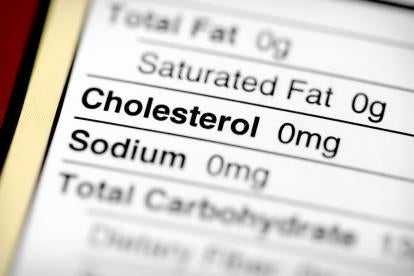- Yesterday the U.S. Court of Appeals for the Ninth Circuit affirmed (Law360 subscription required) the dismissal of two consolidated appeals on preemption grounds. In both cases, Plaintiffs had argued that Defendant Kellogg had misled consumers by making “false and misleading” front-of-pack protein nutrient content claims that (1) overstated the amount of protein in the products and (2) did not account for the protein quality.
- The starting point for the Court’s analysis was the express labeling preemption clause in the Food, Drug, and Cosmetic Act (FDCA), as amended by the Nutrition Labeling and Education Act. In particular, 21 USC 343-1(a)(5) preempts state laws that “directly or indirectly establish any requirement for the labeling of food that is not identical to the federal requirements” set forth by the FDCA and its implementing regulations. Thus, the question presented on appeal was whether the protein claims were permitted under FDA regulations.
- On the first issue, Plaintiffs alleged that Kellogg had used the food’s nitrogen content to calculate protein content (the “nitrogen method”) and that such method overstated the protein content of the product. However, the Court held that FDA regulations expressly permitted the use of the nitrogen method to calculate protein content and so claims challenging the use of such method were preempted. (See 21 CFR 101.13(o) which states that methods for calculating the nutrient content in nutrient content claims shall be determined by 21 CFR 101.9. 21 CFR 101.9(c)(7) in turn provides for the use of the nitrogen method for calculating protein content).
- On the second issue, the Court held that 21 CFR 101.9(c)(7)(i) only requires a protein digestibility-corrected amino acid score (PDCAAS) adjustment (for protein quality) to be made when a protein claim is made and that such adjustment is only required to be made in the NFP (the adjusted protein value is used to calculate the % daily value (DV)). There was no question that Kellogg had made such adjustment in the NFP, and so again, Plaintiffs’ claims were preempted. Notably, the Court indicated that if such adjustment had not been made in the NFP and if the product contained “lower-quality protein” (presumably anything less than the maximum PDCAAS score of 1.0), then such protein claim could be misleading.
- The Court was also careful to note that an NFP labeling requirement does not in itself give license to make such statement elsewhere on the product label, but in the cases presented, the FDA regulations specifically allowed for protein content claims at issue in the precise manner that Kellogg presented them in (i.e., an express protein content claim on the front of the package with an adjusted amount presented on the NFP). Furthermore, the Court noted that if Kellogg had added additional qualifiers which were not addressed by the regulations (e.g., 11 g high quality protein), a challenge to the use of such qualifiers would not be preempted, but again that fact pattern was not presented.
- The case stands for the principle that if labeling adheres to explicit FDA labeling rules, it cannot be directly challenged as false or misleading under state consumer protection statutes. If a Plaintiff seeks to challenge a labeling claim that is consistent with an FDA regulation, their only option is to challenge the regulation itself by arguing that FDA exceeded its statutory authority in promulgating the regulation in question.
9th Circuit Affirms that Challenges to Allegedly Misleading Protein Claims Preempted
Tuesday, August 15, 2023
Current Legal Analysis
More from Keller and Heckman LLP
Upcoming Legal Education Events
May
22
2024
May
17
2024



 i
i


